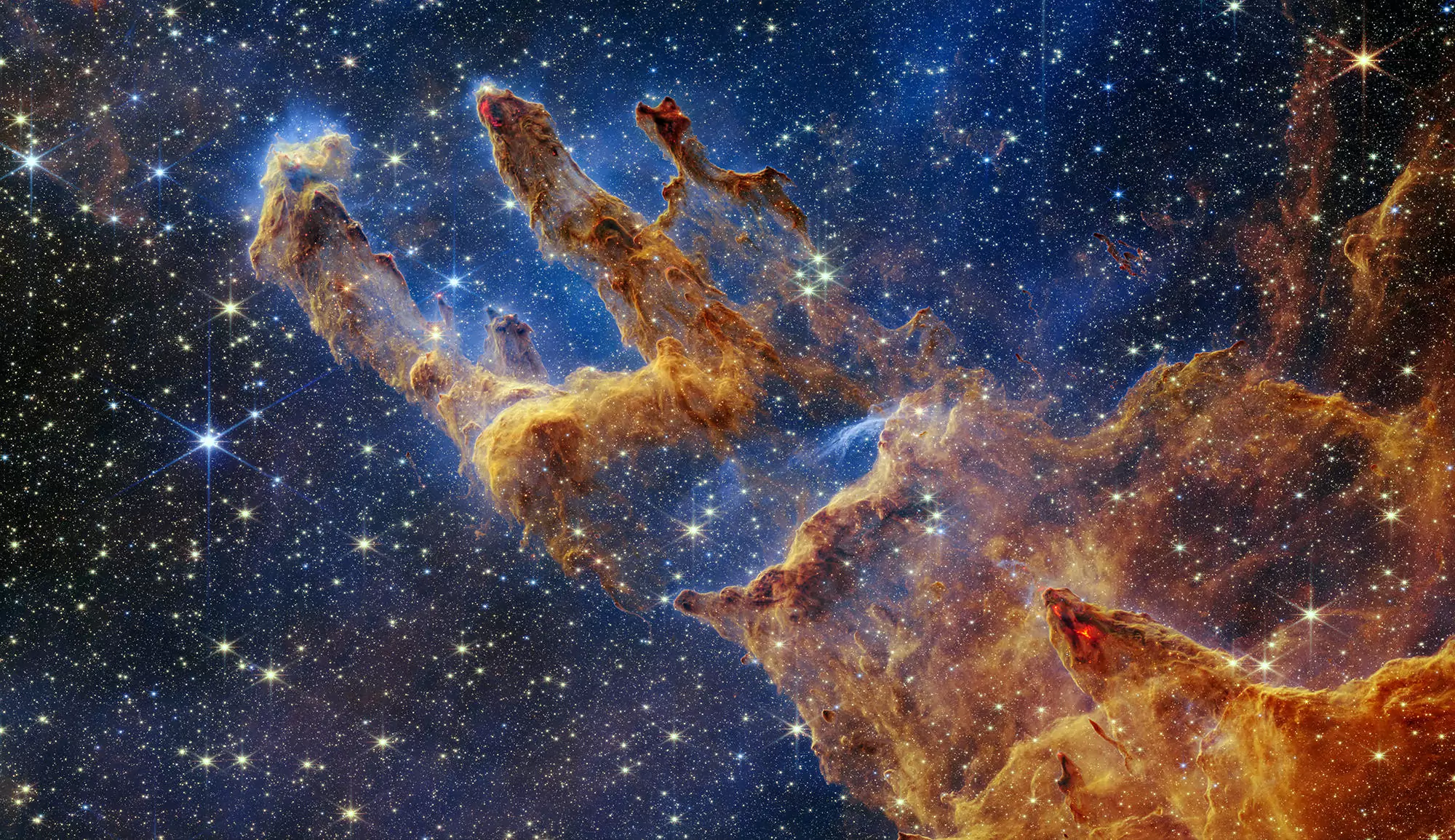Le rayonnement solaire
Le Soleil nous envoie l’énergie nécessaire à la vie sur Terre mais il émet aussi des rayonnements dangereux. Le Soleil est ainsi tenu sous haute surveillance par un réseau de stations au sol réparties autour du globe, ou par des satellites sur orbite terrestre menant des observations dans des domaines de rayonnement absorbés par l’atmosphère terrestre (Ultra Violet, rayons X et Gamma).
La surveillance du Soleil
L’observatoire de Paris, sur son site de Meudon, effectue depuis plus de cent ans des observations journalières de la surface du Soleil. Il dispose d’une collection unique au monde de plus de cent mille clichés répartis sur dix cycles d’activité solaire. Par ailleurs, les prévisions des éruptions solaires pouvant affecter les réseaux électriques terrestres sont déterminées grâce au satellite GOES de la NASA.
Se protéger des éruptions solaires
Nous savons en effet que le soleil est une étoile variable, qui présente un cycle d’activité de 11 ans. Les maxima des cycles solaires sont caractérisés par la présence de régions magnétisées en grand nombre, comme les taches. Les champs magnétiques sont ancrés profondément sous la surface solaire, elle même animée de mouvements convectifs, pouvant être à l’origine d’instabilités. Il peut s’agir d’éruptions ou d’éjections de matière propulsant dans le milieu interplanétaire un flot de particules énergétiques, qui, lorsqu’il atteint la Terre, peut générer de nombreuses perturbations sur les activités humaines : communications et ondes radio interrompues, induction dans les lignes électriques de longue portée, détérioration de l’électronique de bord des satellites artificiels, augmentation de la dose de rayons cosmiques absorbée par les personnels navigants, corrosion des pipe-lines, etc...
Flux RSS des observations quotidiennes
Pour plus d’informations : le service d’observation du soleil
Ephémérides et Soleil en direct
Ephémérides du Soleil

Le Soleil en direct
- Voir les éphémérides et les dernières images du Soleil à Meudon


